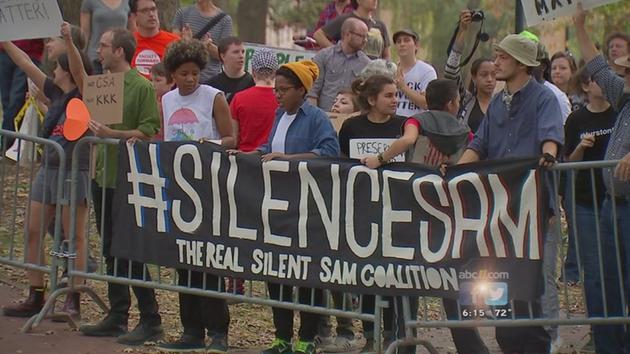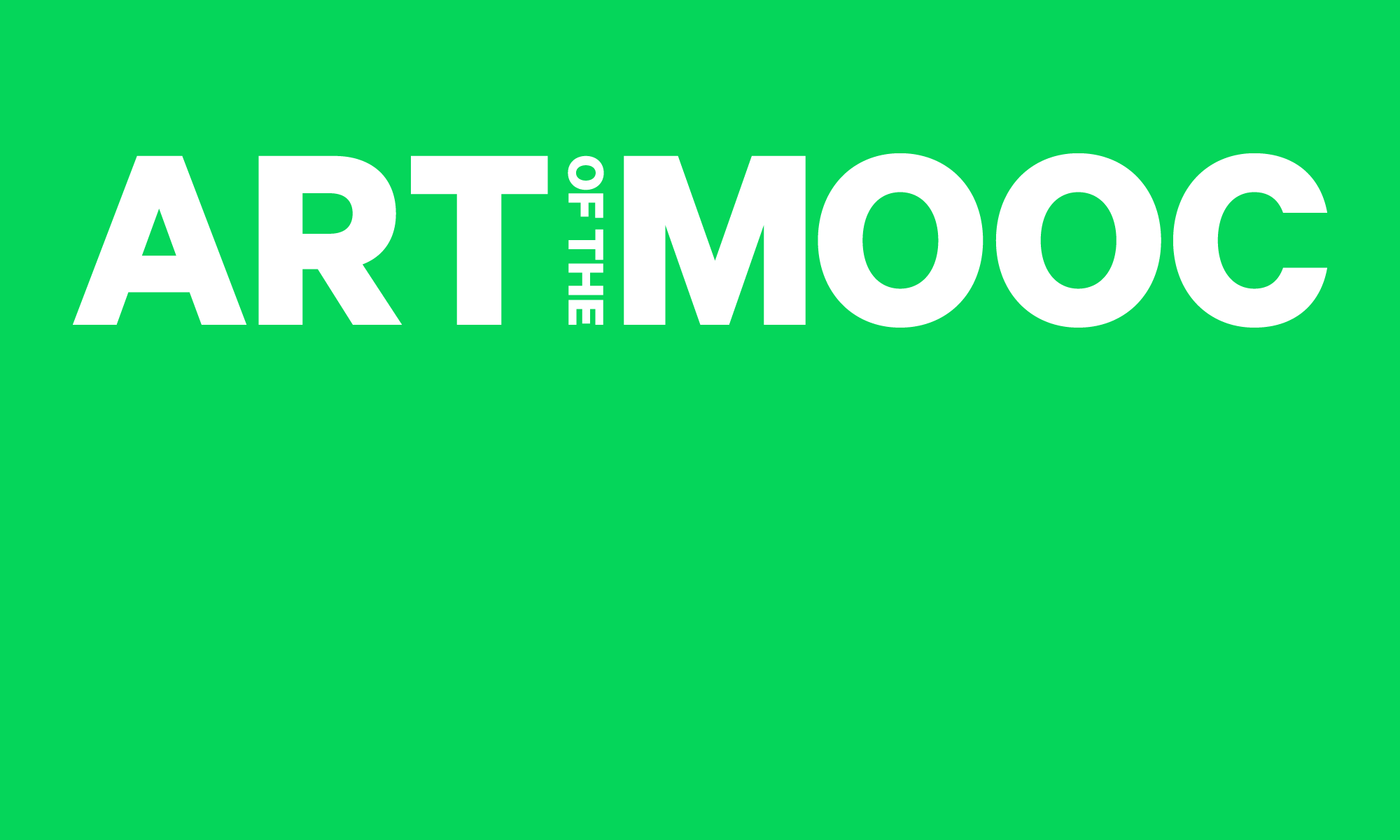
Class discussion surrounding the spatial politics of monuments referenced a statue on UNC-Chapel Hill’s campus, which immediately made me think of the recent protests surrounding Silent Sam.
Silent Sam is a bronze statue of a confederate soldier on the upper quad of UNC’s campus that was dedicated in 1913 by Robert Carr, during a ceremony in which he recounted an occasion on which he had whipped “a negro wench until her skirts hung in shreds.” This surrounding context of white supremacy has led students to protest the statue’s existence in recent years and numerous demands have been taken to the administration asking for its removal, yet no action has ever been taken.
During 4th of July weekend 2015, individuals took the matter into their own hands by tagging the statue with phrases such as “Black Lives Matter”, “Murderer” and “KKK”. The vice chancellor issued a statement condemning the tagging of the monument saying that all points of view were welcome, but they needed to be communicated in a more suitable way.
Yet what is a suitable form of protest? Is the very nature of public art defined by the public’s democratic right to do as they please with it? The toppling of Sadam Husein’s statue shown in the first MOOC lecture is one example of a group of people intervening with public monuments after the context of that monument has changed. over 100 years after Silent Sam’s dedication, the context of white supremacy in which he was erected surely must also call for a public intervention.
A good summary of the controversy surrounding the statue can be found here:
http://www.huffingtonpost.com/2015/07/07/silent-sam-unc_n_7746680.html

